Mohamed "Mo" Abdi Farah, 21, has leapt back into the spotlight with a song, 'Heal', inspired by his three-year struggle to recover.
He was followed by Linnea Dale in second place with the song 'High Hopes', and Dina Misund in third place with the song 'Needs'.
Mo had been on the point of a pop breakthrough in the summer of 2011, after winning the nation's hearts with his performances in the country's X Factor talent show.
But after narrowly escaping with his life in the gun massacre mounted by far-right extremist Anders Behring Breivik on a Labour Party youth camp he was attending, Mo began a long struggle to recover, with doctors initially telling him he would never dance again.
"I don't want to go into those sad days," Mo told The Local in January. "I just want to think positive and move forwards."
The country's Eurovision representative will be chosen on 15 March in the final of the Melodi Grand Prix talent show.
Mo's best friend, Ismail Haji Ahmed, was one of the 69 people killed on the island.

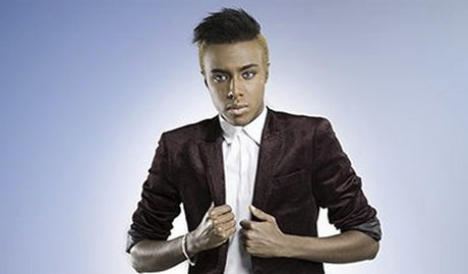

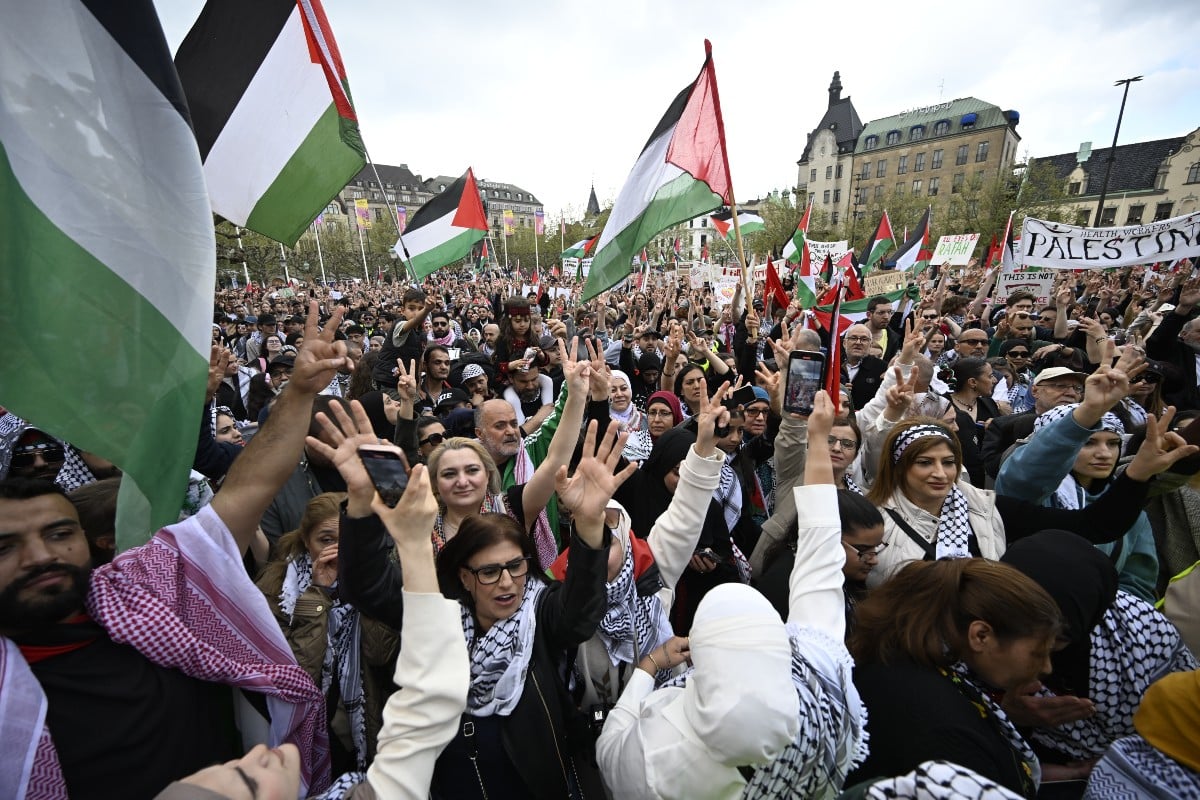

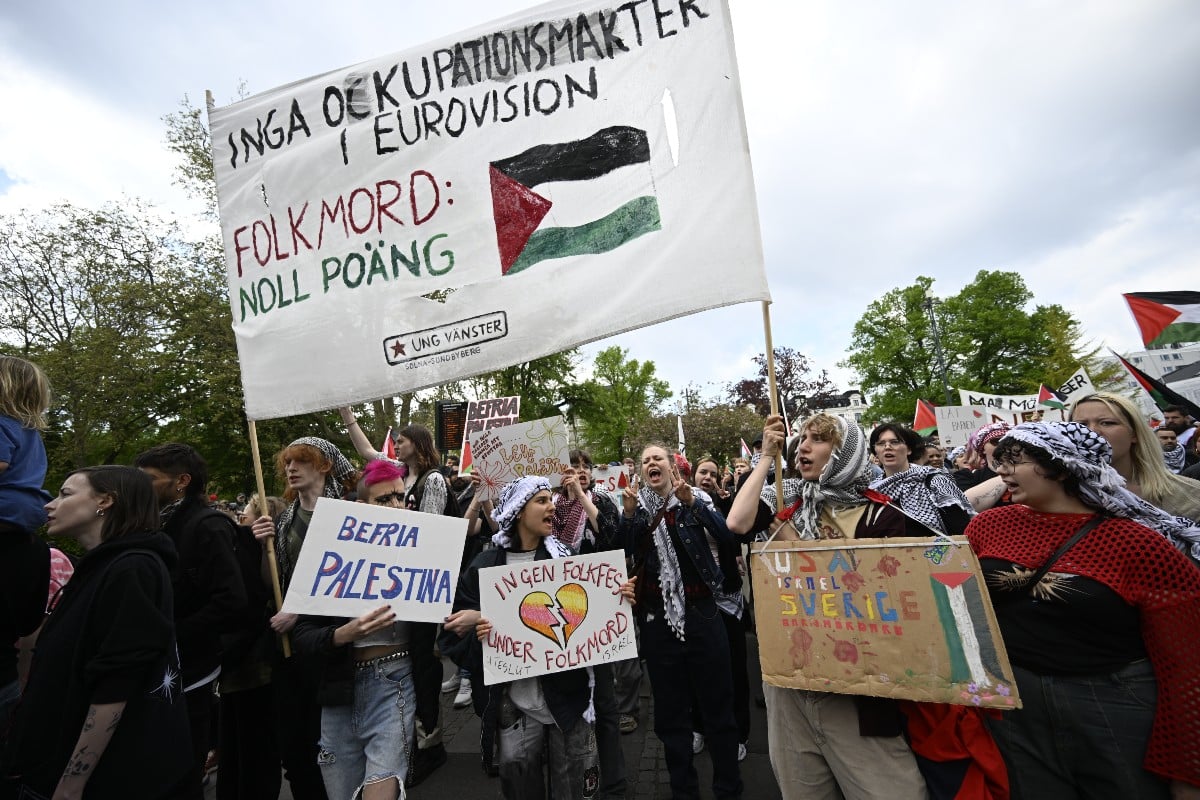

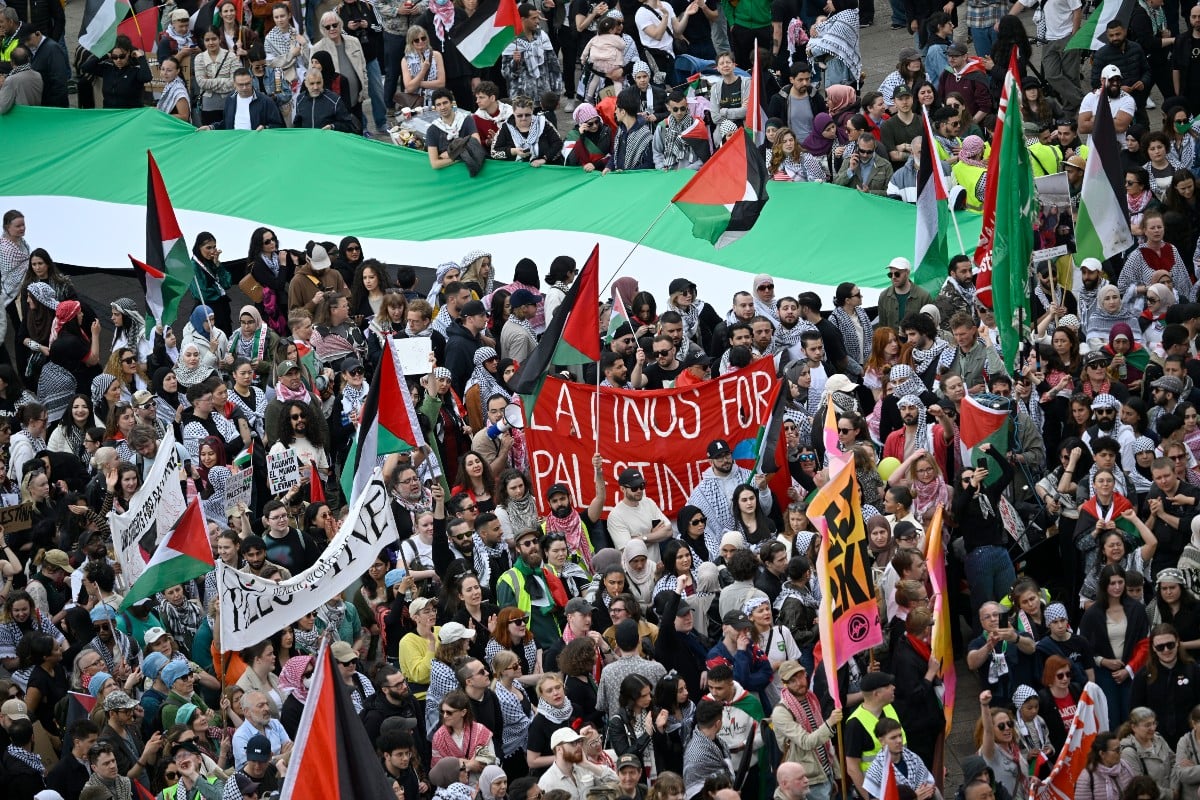
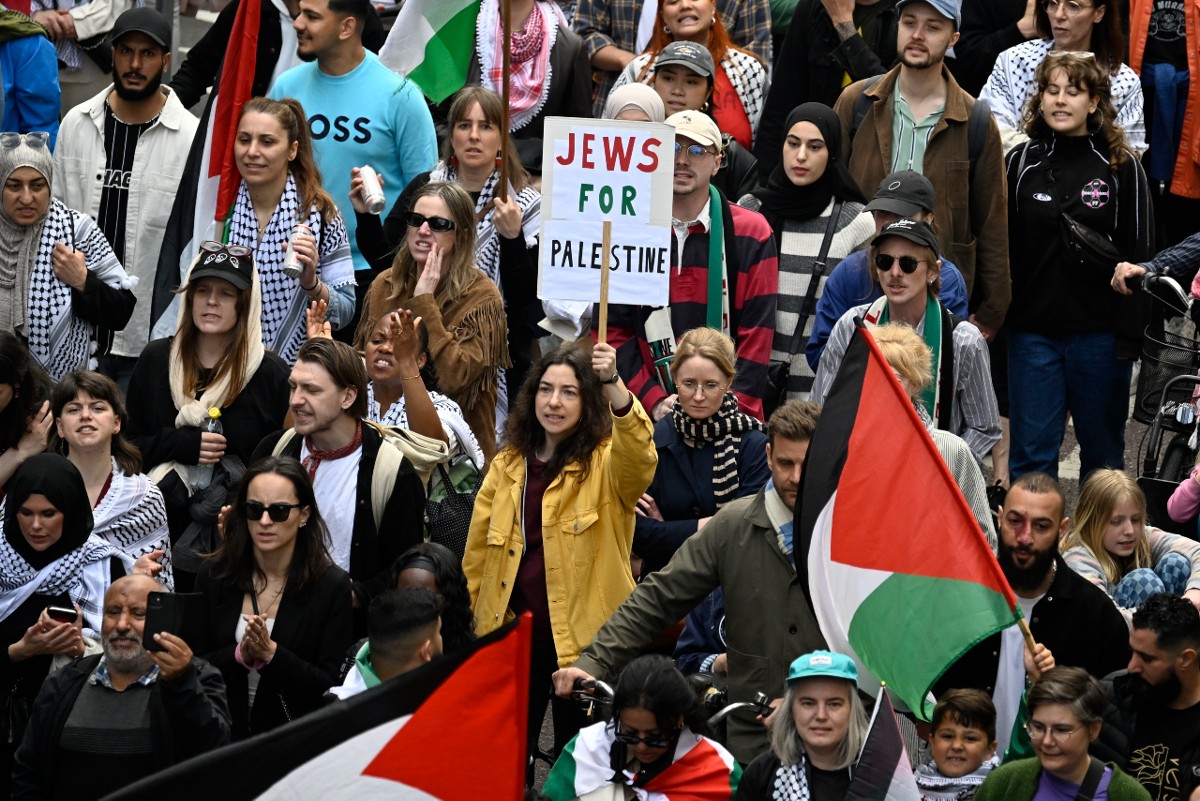
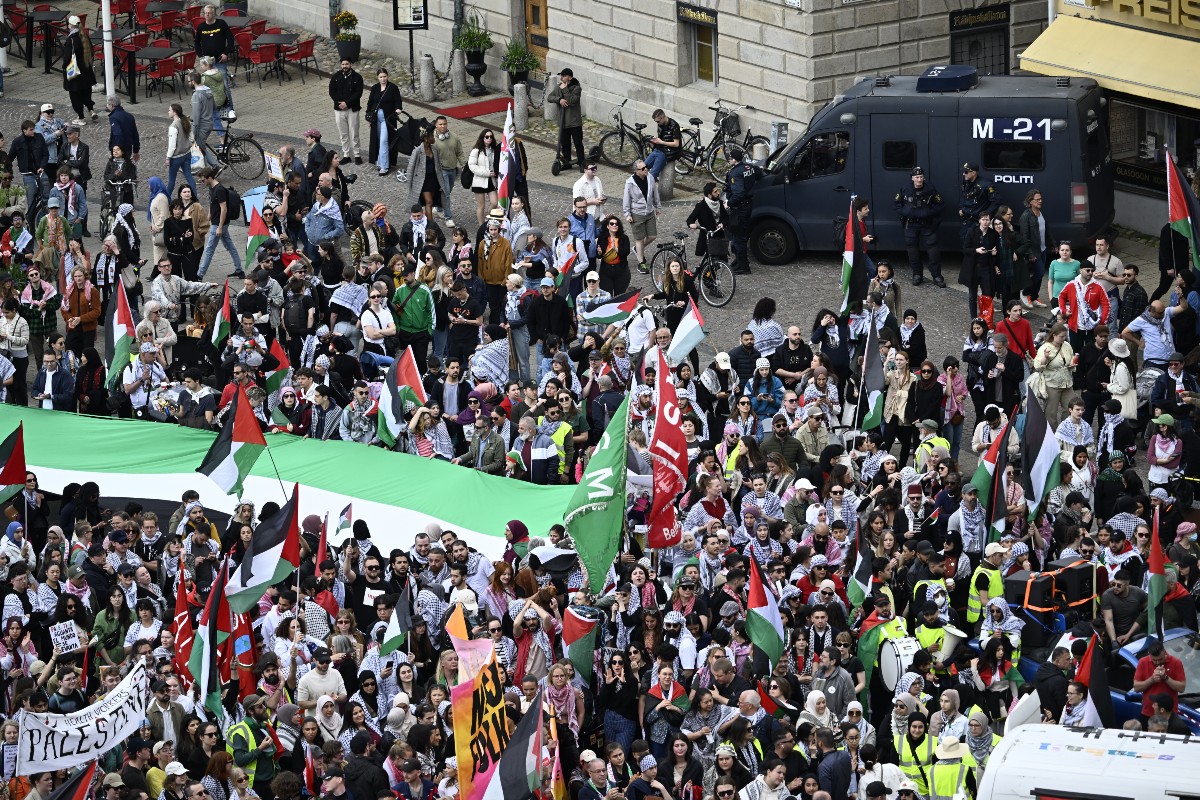
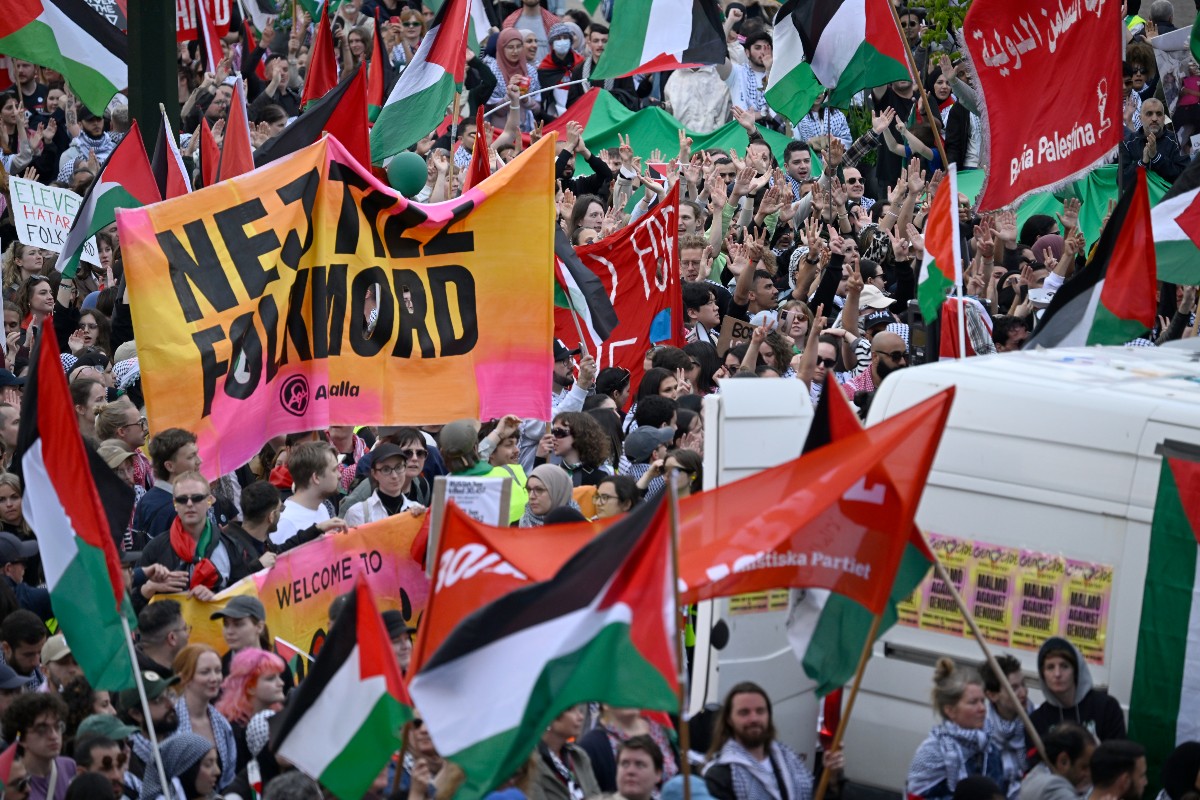

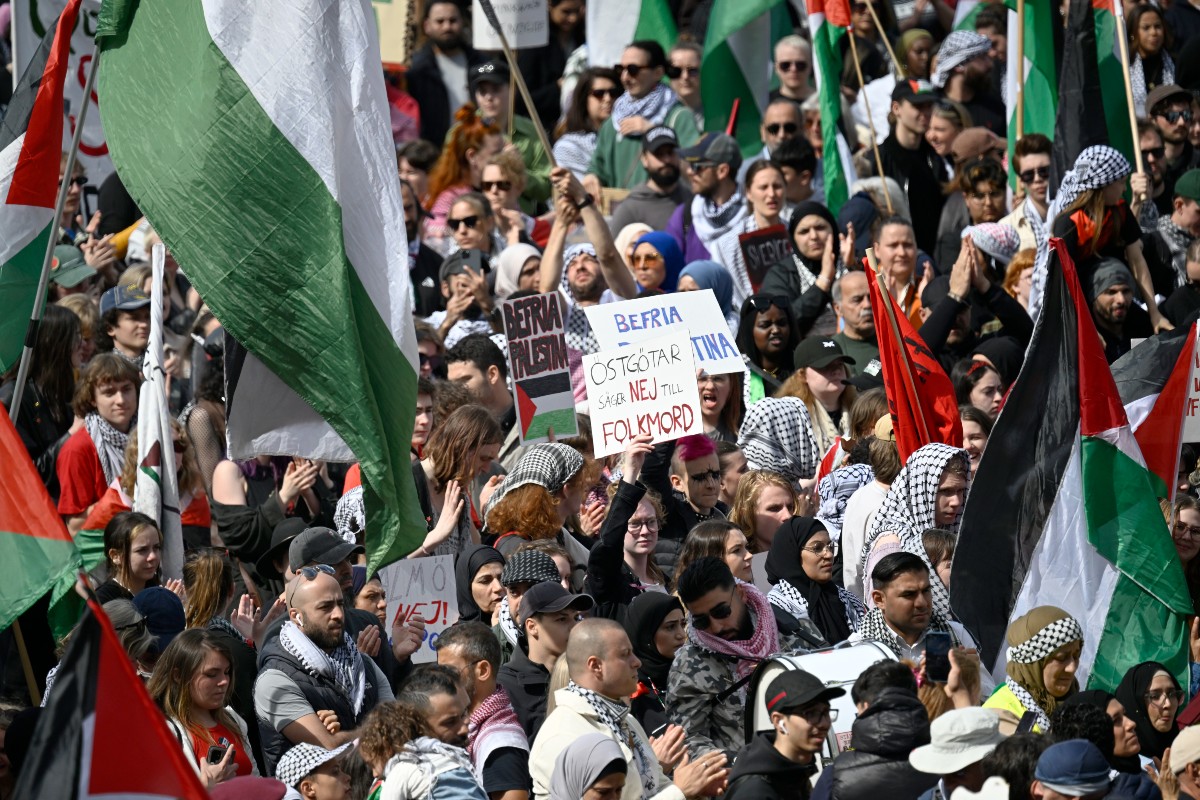


 Please whitelist us to continue reading.
Please whitelist us to continue reading.
Member comments